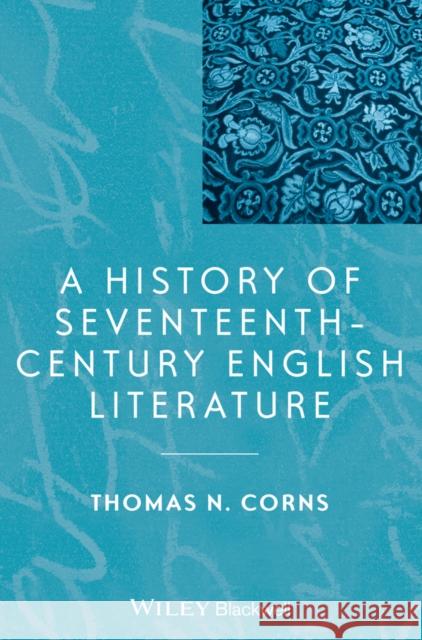A History of Seventeenth-Century English Literature » książka
topmenu
A History of Seventeenth-Century English Literature
ISBN-13: 9781118652527 / Angielski / Miękka / 2014 / 480 str.
A History of Seventeenth-Century Literature outlines significant developments in the English literary tradition between the years 1603 and 1690.
- An energetic and provocative history of English literature from 1603-1690.
- Part of the major Blackwell History of English Literature series.
- Locates seventeenth-century English literature in its social and cultural contexts.
- Considers the physical conditions of literary production and consumption.
- Looks at the complex political, religious, cultural and social pressures on seventeenth-century writers.
- Features close critical engagement with major authors and texts











